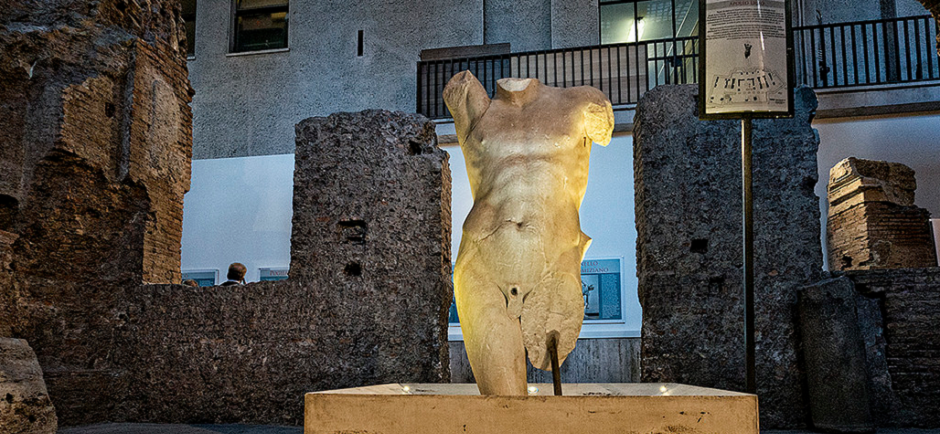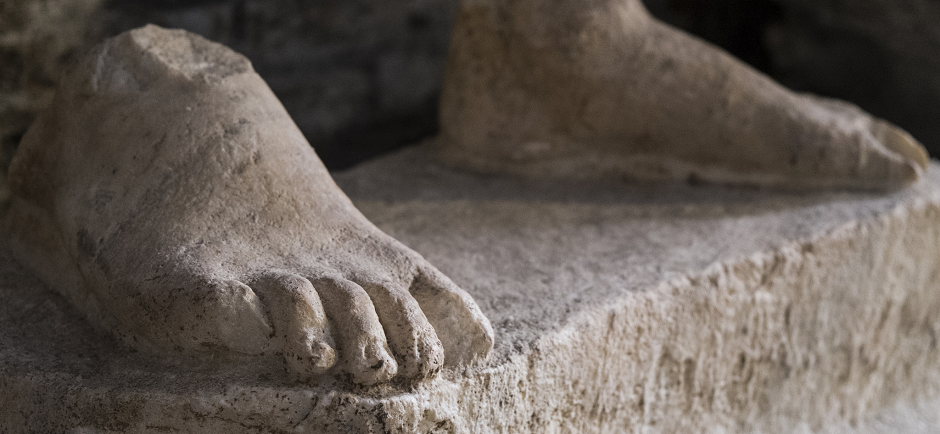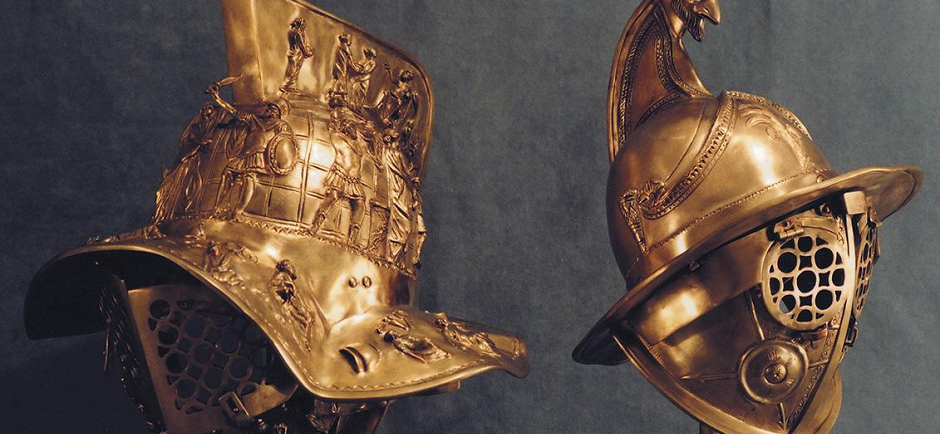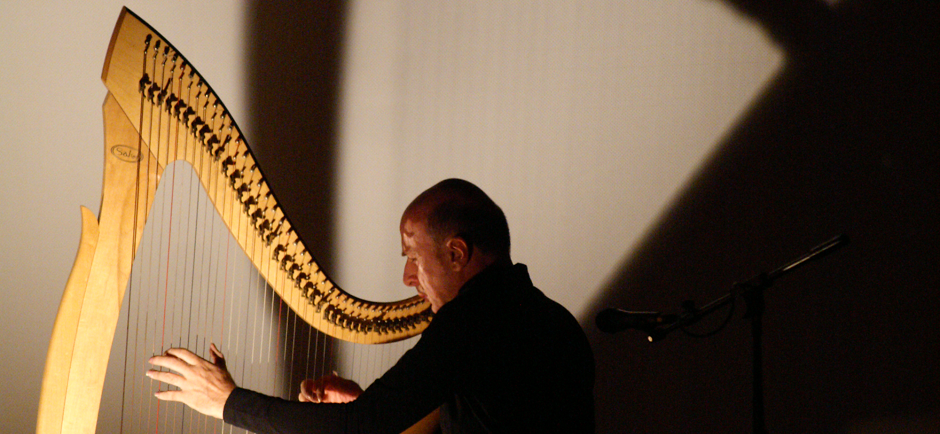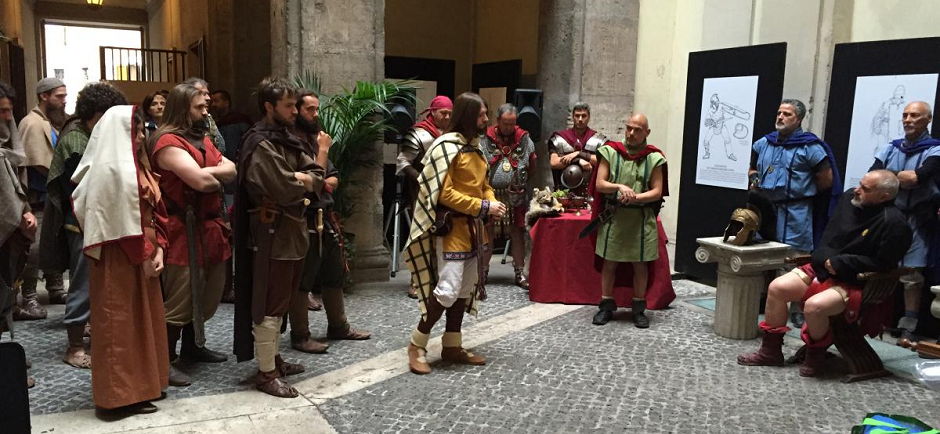Project Description
Stadium of Domitian
The Stadium was commissioned around 80 AD by the Emperor Titus Flavius Domitianus as a gift to the people of Rome, and was used mostly for athletic contests. For “a few years”, following fire-damage to the Colosseum in 217 AD, it was used for gladiator shows.
The Piazza Navona sits over the interior arena of the Stadium. The sweep of buildings that embrace the Piazza incorporate the Stadium’s original lower arcades. They include the most recent rebuilding of the Church of Sant’Agnese in Agone, first founded in the ninth century at the traditional place of St. Agnes’ martyrdom.
The archaeological site, recently reopened to the public after years of restoration, is what remains of the first and unique example of masonry’s stadium known to date in Rome. The previous examples were temporary structures made of wood built by Caesar and Augustus. Together with the Stadium in Pozzuoli is one of the rare examples known outside of Greece and the eastern area.
The stadium capacity was of about 30.000 viewers according to the Regionari Catalogues, but according to more reliable calculations it was of 20.000.
Today this small museum lets you wander through a section of the remains of the stadium, with arches, pillars, stairs, and a few remains of statues which once decorated the stadium. There are educational video, graphics and photos showing you what it once was like and placing it in context.
There are also areas dedicated to exhibitions, concerts and events inside the museum.
Stadium of Domitian – Info & booking

